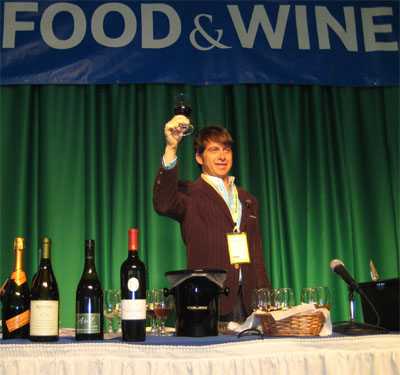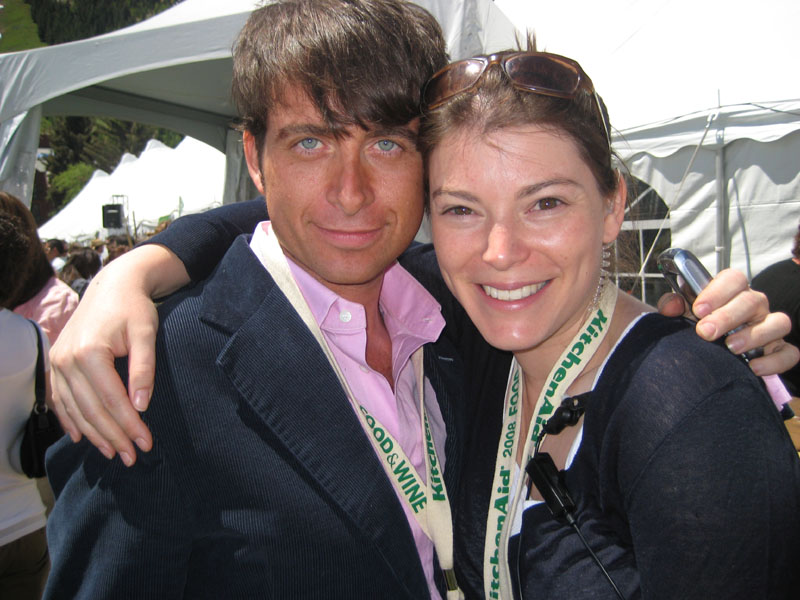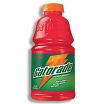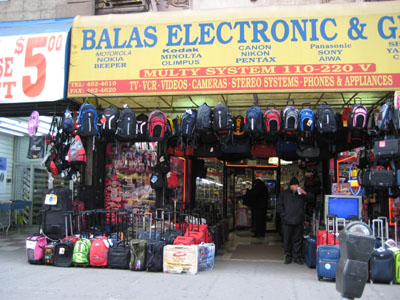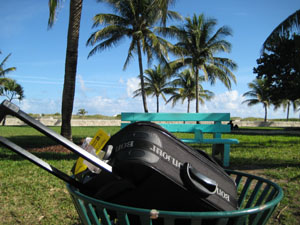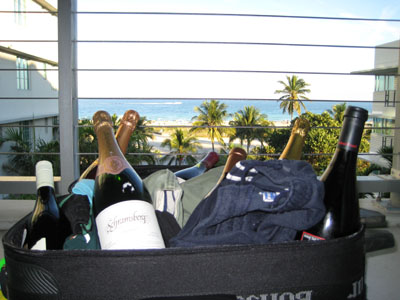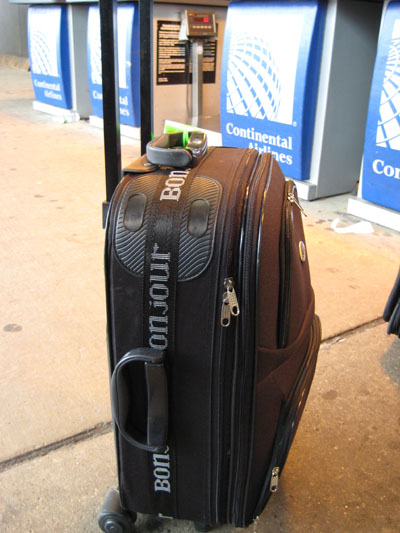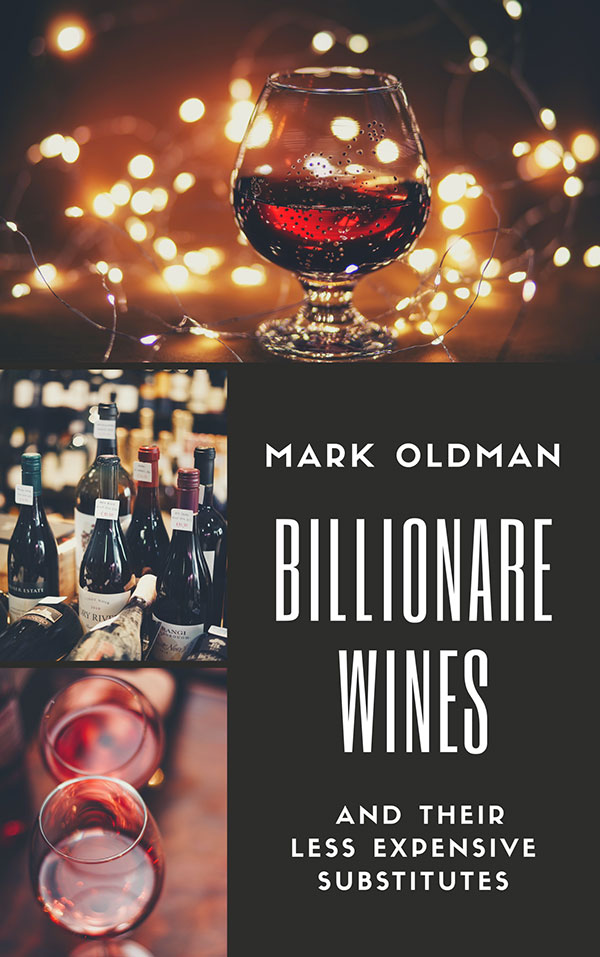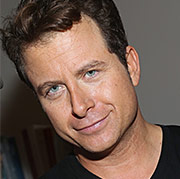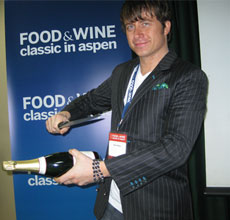 The Aspen Food & Wine Classic last week was once again one of the most promiscuously flavorful weekends of the year.
The Aspen Food & Wine Classic last week was once again one of the most promiscuously flavorful weekends of the year.
I also had the good fortune to visit with other illustrious speakers, including cheese-goddess Laura Werlin, wine-goddess Lettie Teague, the perfectly pocket-squared Brian Duncan, and the smartly-sweatered Tony Giglio. There truly is no better pairing than food & wine.
Another highlight of the weekend was the Best New Chefs Dinner, which featured delectable creations such as the a crab cocktail shooter from Bryan Caswell of Houston’s Reef, pork meatballs from Nate Appleman of San Francisco’s A16, and a grilled pimento cheese and bacon sandwich from Linton Hopkins of Atlanta’s Holeman & Finch. I practically feel to my knees in bliss sampling the succulent pork belly sandwich topped with kimchi from Vinny Dotolo and Jon Shook of LA’s Animal.
My own seminars at Food & Wine this year were entitled “Hard to Say, Easy to Drink” and “Outsmarting Wine 101”. To select the final twelve wines from 186 contenders, I once again employed a tasting panel of wine-passionate friends. On a mild Saturday night this March, we diligently swirled and spit around a table in the techno-cool offices of my pal Mark Hernandez’s electronic interior design company, Cliqk. After the evaluative part of the tasting, the evening somehow transformed into a raucous rager with dozens of thirsty friends somehow finding the stamina to help us drain those 186 bottles.
The twelve winning selections that I included in my Aspen Classic seminars were:
“Hard to Say, Easy to Drink”
Egly-Ouriet Brut Tradition Grand Cru NV ($70, France)
(Egg-lee Oo-ree-ay)
Txomin Etxaniz Txakoli 2008 (Spain, $22)
(Sho-MEEN Ex-TAN-ess Choc-oh-lee)
Boutari Moschofilero 2007 (Greece, $11)
(Mosque-oh-FEEL-arrow)
Feudi di San Gregorio Aglianico “Rubrato” 2006 (Italy, $17)
(Ah-LYAH-nee-koe )
Quinta do Crasto Touriga Nacional 2005 (Portugal, $65)
(Tou-REEGA Nah-shu-nal)
The Black Chook Sparkling Shiraz NV (Australia, $15)
(hard Ch, rhymes with “hook”)
“Outsmarting Wine 101”:
Adriano Adami Prosecco di Valdobbiadene 2007 (Italy, $23)
Te Kairanga Sauvignon Blanc Martinborough 2008 (New Zealand, $19)
Plantagenet Unoaked Chardonnay 2007 (Australia, $18)
Erath Pinot Noir Dundee Hills Estate Selection 2006 (Oregon, $32)
Gundlach Bundschu Merlot Rhinefarm Vineyard 2005 (California, $30)
Justin “Isosceles” Paso Robles 2006 (California, $55)

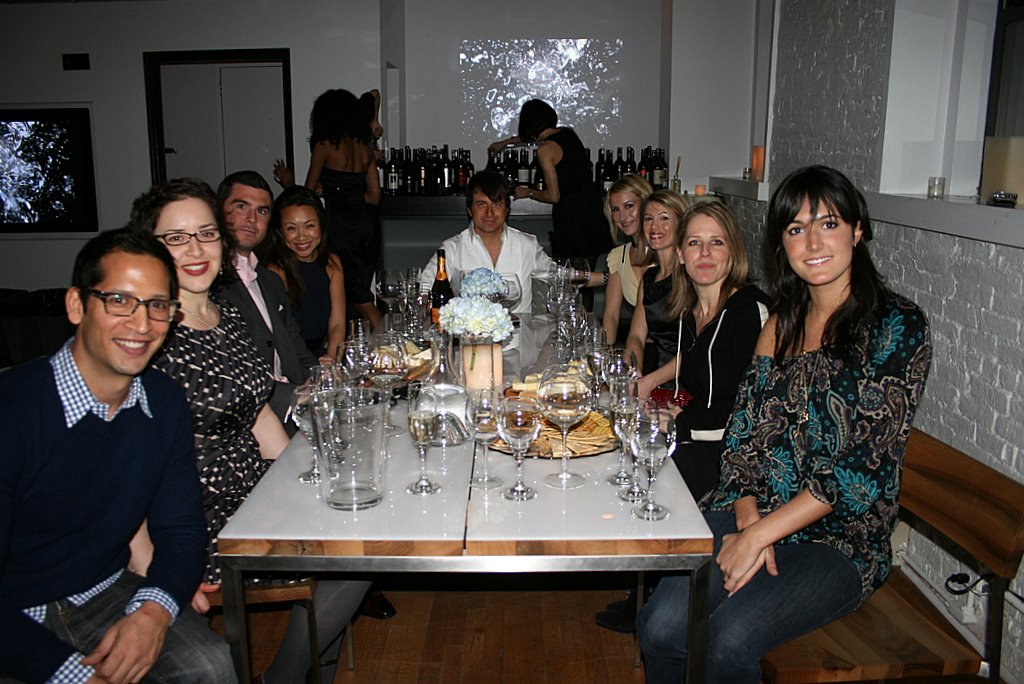
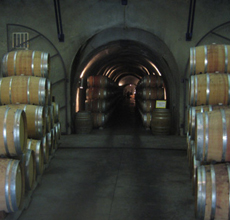 Paso Robles Pride:
Paso Robles Pride: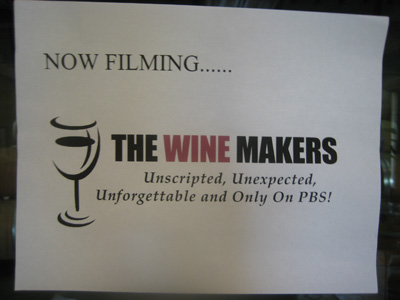
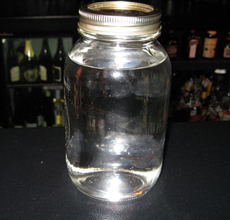 Moonshine: In New Orleans for Thanksgiving, I made sure to drink American. No, not Zinfandel, the uniquely American red, rich with ripe fruit and black pepper, that flatters the diverse tastes of the Thanksgiving table.
Moonshine: In New Orleans for Thanksgiving, I made sure to drink American. No, not Zinfandel, the uniquely American red, rich with ripe fruit and black pepper, that flatters the diverse tastes of the Thanksgiving table.